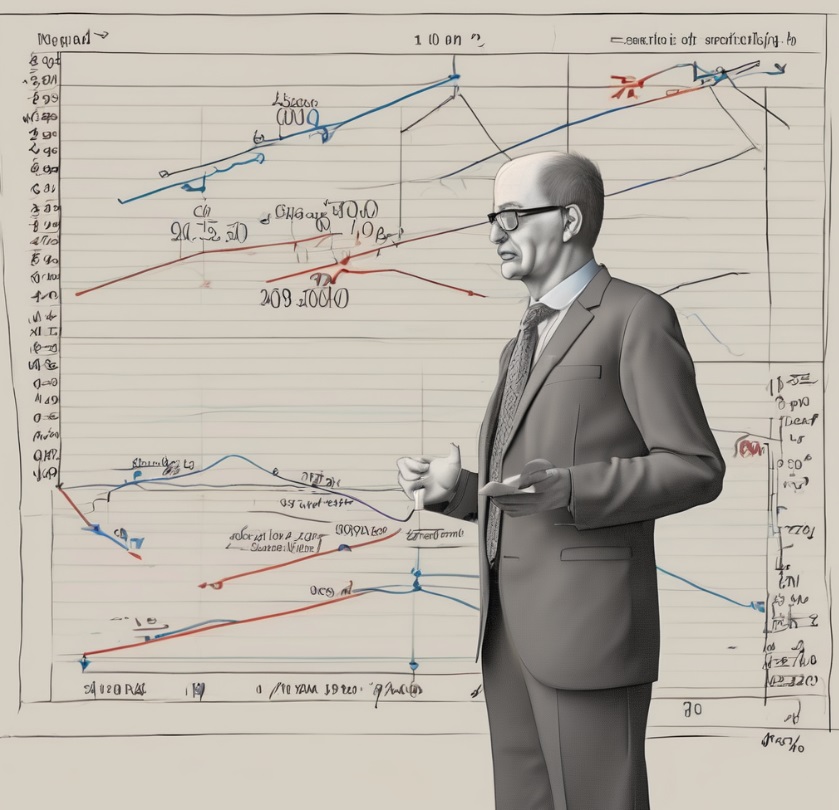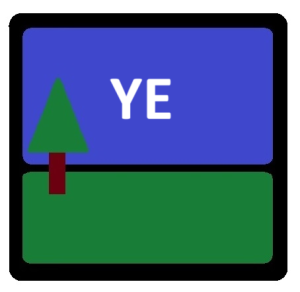
This section covers:
- Rates of Change
- Instantaneous Rates of Change
- Limits
- The gradient of a tangent
- The derivative function
- Differentiation from first principles

This section covers:
- Simple Rules of Differentiation
- Product Rules: Chain, Product, Quotient
- Derivatives of Exponential and Logarithmic Functions
- Derivatives of Trigonometric Functions
- Second Derivatives

This section covers:
- Tangents
- Normals
- Increasing and Decreasing
- Stationary Points
- Shape
- Inflection Points
- Understanding Functions and Their Derivatives

This Mini takes a look at
- Rates of Change
- Optimisation

This section addresses:
- Approximating Area under a curve
- Riemann Integrals
- Anti Differentiation
- Fundamental Theorem of Calculus

This section covers the following:
- Discovering Integrals
- Rules for Integration
- Particular Values
- Integrating f(ax + b)
- Integrating by Substitution

This section covers:
- Definite Integrals
- Area Under a Curve
- Area Above a Curve
- Area Between Functions
- Problem Solving
